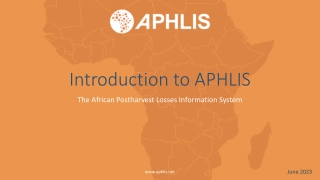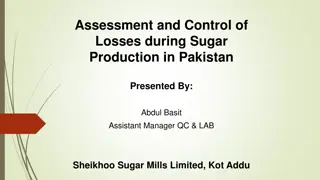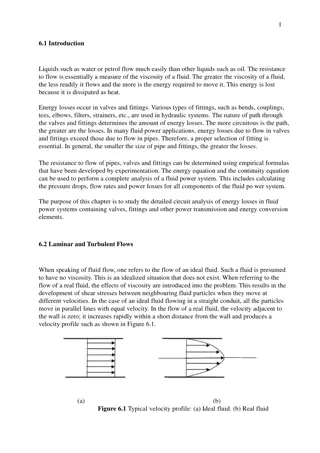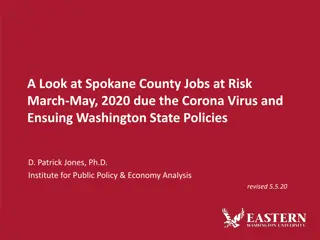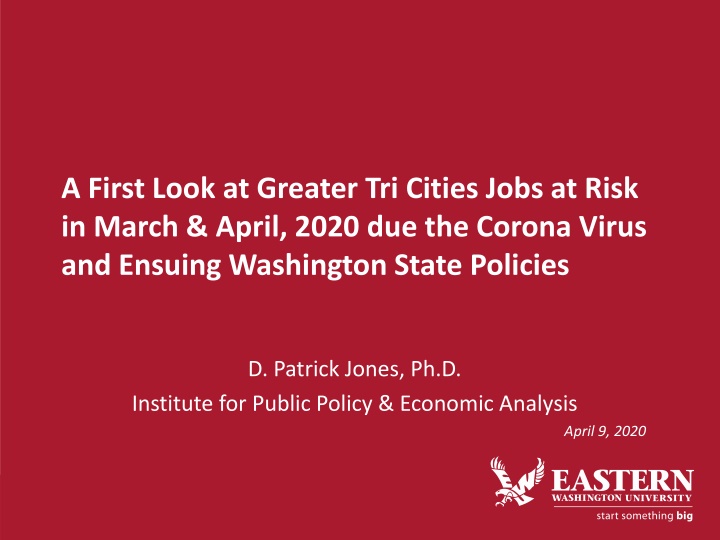
Analysis of Job Losses in Greater Tri-Cities Area Amid COVID-19 Crisis
This analysis by Dr. Patrick Jones delves into the near-term job losses in Spokane County due to the market response to the coronavirus threat and Governor Inslee's Stay Home, Stay Safe order. Utilizing data from various sources, the study examines job risks on an industry-by-industry basis and considers factors like essential services and market responses to predict job losses in different sectors. The study also includes changes in assumptions about job losses and focuses on Spokane's largest job sectors to understand the economic impact of the crisis.
Download Presentation

Please find below an Image/Link to download the presentation.
The content on the website is provided AS IS for your information and personal use only. It may not be sold, licensed, or shared on other websites without obtaining consent from the author. If you encounter any issues during the download, it is possible that the publisher has removed the file from their server.
You are allowed to download the files provided on this website for personal or commercial use, subject to the condition that they are used lawfully. All files are the property of their respective owners.
The content on the website is provided AS IS for your information and personal use only. It may not be sold, licensed, or shared on other websites without obtaining consent from the author.
E N D
Presentation Transcript
A First Look at Greater Tri Cities Jobs at Risk in March & April, 2020 due the Corona Virus and Ensuing Washington State Policies D. Patrick Jones, Ph.D. Institute for Public Policy & Economic Analysis April 9, 2020
Motivation To try to quantify the near-term job losses in Spokane County due to: Market response to the threat of the corona virus Gov. Inslee's recent Stay Home, Stay Safe order Considering a very short timeframe: changes in employment in March & April Should help acquire a sense of the magnitude of the losses in March & 2ndquarter to economic activity in the County
Methods Look at jobs at risk on an industry-by-industry basis Tool: Quarterly Census of Employment & Wages (QCEW) by WA ESD, annual data for 2018 QCEW uses 20 sectors (manufacturing, healthcare, finance) For each sector, about 5-6 industries are given (NAICS 3-digit level) Analysis does not include the self-employed, but does include positive employment effects (health, grocery)
Data & inputs to analysis Used two sources that served as filters Governor's list of "essential services" in March 23rd order, amended 3.24 & 3.26 My reading of market responses, supplemented by Cornell University's Job Quality Index analysis of "At-risk jobs during the COVID-19 Crisis" Applied a percentage, ranging from 0-100%, to each sub- sector, attempting to capture likely job losses Considered the share of jobs that are customer-facing and those that can be done remotely Supplemented data with informed interviews & WA ESD data on initial unemployment claims by NAICS sectors
Changes in assumptions about job losses from first version (3.20.20) Decreases in assumed short-run job losses Accommodation & food services: now 2/3 out of work, not Retail: now 30% drop, not 32% Administrative services: now 29% reduction, not 67% Construction: now 37% reduction, not 75% Real estate & leasing: now 7% loss, not 50% Some sectors see modest increases in job losses Government (local) Healthcare (ambulatory & social services)
A Look at Spokanes 5 largest sectors, by their share of total jobs See Graph from Spokane Trends Structure of Spokane economy differs from WA's, primarily due to outsized presence of healthcare here Number of people employed in 2018 in Spokane County ~ 225,000 2019 annualized numbers likely = ~230,000 Again, does not include the self-employed (sole proprietors)
Spokanes top 5 sectors, by jobs, in 2018 45,000 41,390 40,000 35,341 35,000 30,000 27,036 25,000 19,403 20,000 15,942 15,000 10,000 5,000 0 Healthcare & social assistance Government Retail trade Accommodation & food services Manufacturing
The next largest 10 sectors in Spokane, by jobs, in 2018 Construction 12,063 Administrative and waste services 11,531 Wholesale trade 10,164 Professional and technical services 10,128 Finance and insurance 9,825 Other services, except public administration 6,119 Transportation and warehousing 6,074 Educational services 3,889 Real estate and rental and leasing 3,482 Management of companies and enterprises 3,393 0 2,000 4,000 6,000 8,000 10,000 12,000 14,000
Findings: the most impacted sectors estimated short-term job losses Accommodation and food services 12,904 Retail trade 7,972 Construction 4,402 Administrative and waste services 3,326 Arts, entertainment, and recreation 2,724 Government 2,616 Manufacturing 2,228 Other services, except public administration 2,101 Professional and technical services 1,013 Healthcare and social assistance 752 - 2,000 4,000 6,000 8,000 10,000 12,000 14,000
Findings for the remaining 10 sectors estimated short-term job losses Wholesale trade 729 Finance & insurance 512 Educational services 389 Transportation & warehousing 338 Real estate & rental & leasing 253 Information 233 Mining 152 Management of companies & enterprises - Utilities - Agriculture, forestry, fishing & hunting - - 2,000 4,000 6,000 8,000 10,000 12,000 14,000
Estimated job losses as a percentage of total jobs in sector Arts, entertainment & recreation 95.0% Accommodation & food services 66.5% Mining 55.1% Construction 36.5% Other services, except public administration 34.3% Retail trade 29.5% Administrative & waste services 28.8% Manufacturing 14.0% Educational services 10.0% Professional & technical services 10.0% 0.0% 10.0% 20.0% 30.0% 40.0% 50.0% 60.0% 70.0% 80.0% 90.0% 100.0%
Estimated job losses as a percentage of total jobs in sector, cont d Information 8.6% Government Real estate and rental & leasing Wholesale trade Transportation & warehousing Finance & insurance Healthcare & social assistance Management of companies & enterprises Utilities Agriculture, forestry, fishing & hunting 0.0% 20.0% 40.0% 60.0% 80.0% 100.0%
Implications of this industry-by-industry look Total number of County jobs at risk through April = ~ 43,000 (formerly 63,000) Or, as share of number employed in 2018: ~ 19% Unemployment rate implications If everyone claimed unemployment benefits, a huge S-R spike Added to County s unemployment rate in January (5.6%), likely total = ~25% Unknown: how many affected people will seek unemployment benefits (vs. exhausting company benefits) Also, many ineligible for traditional UI, although now eligible for CARES
Other, macro views of implications of COVID-19 on the labor force Cornell University s at risk job total for U.S.: ~37.1M, or ~23% of labor force Cornell s analysis is based entirely on market response to the virus No statewide shelter decrees embedded in tally Recent back of the envelope projection of the U.S. Q2 unemployment rate by the St. Louis Fed: ~32% Moody s recent analysis (WSJ 4.05.20) concludes that 29% of daily U.S. output (GDP) currently lost
Quick assessment of this short-run outlook Results would not be as dire if, instead of jobs, payroll were used in analysis Equivalently, the impacts disproportionately affect low-wage workers Questions for group What are the workforce cuts (percentage) in your firm/industry? Are there sources of income, other than unemployment benefits, available to those in your firm/industry who have been laid off? Longer-term: how do you see the activities in your firm/industry recovering from May through December?
Questions? D. Patrick Jones, Ph.D. Executive director, Institute for Public Policy 509.828.1246 | dpjones@ewu.edu

